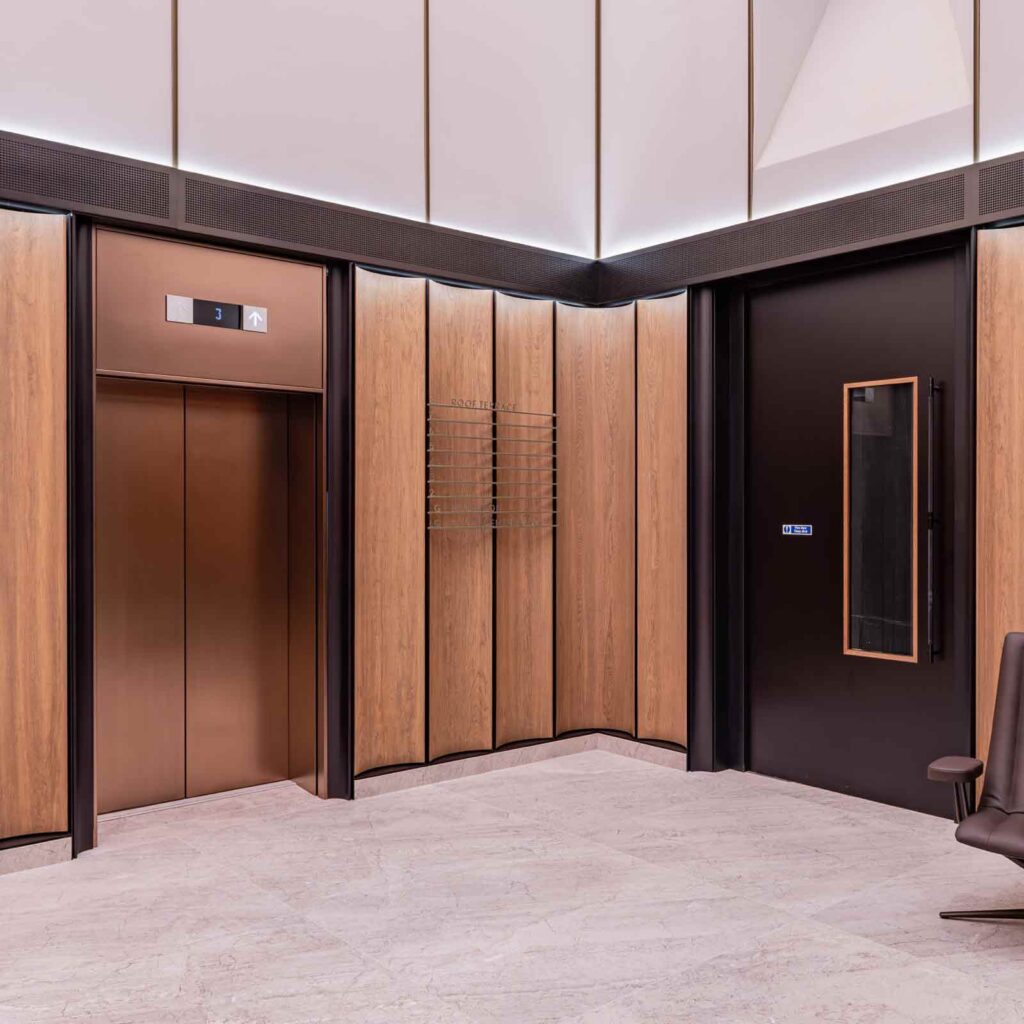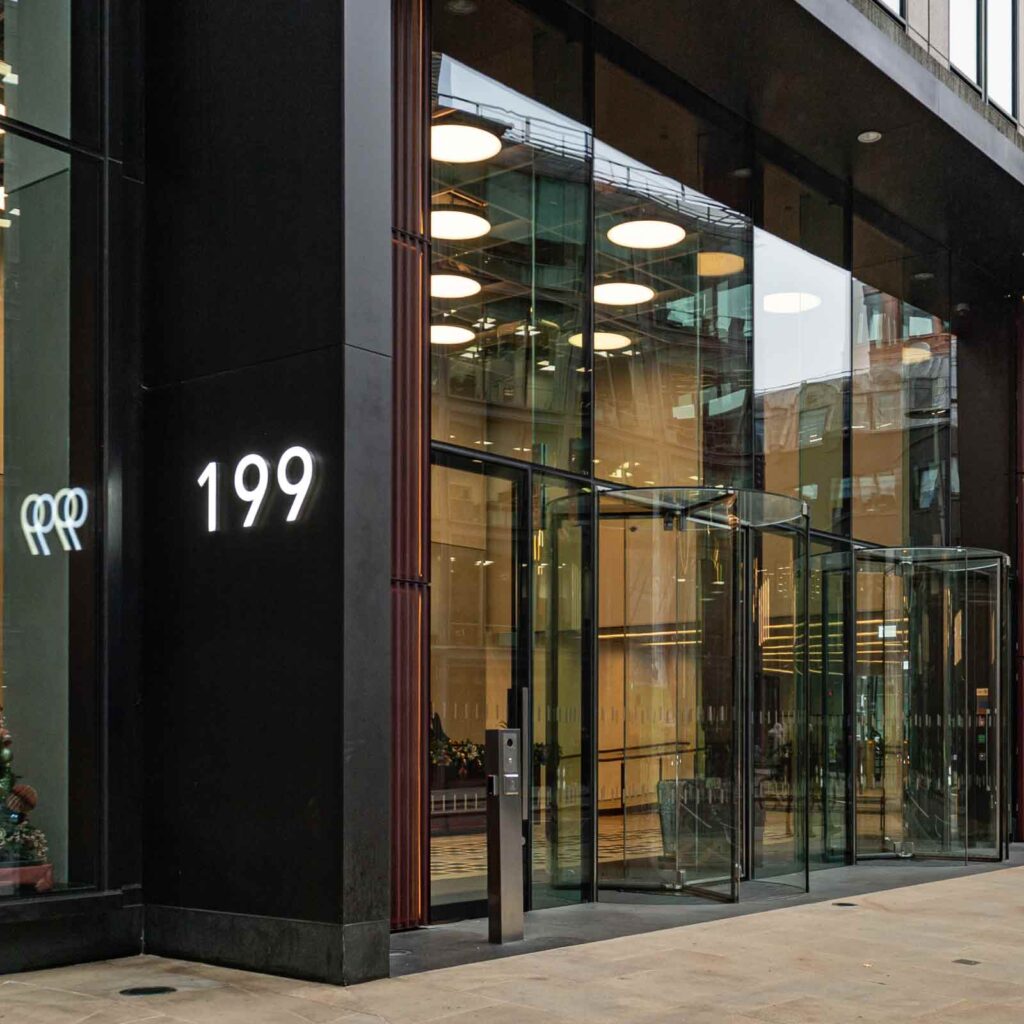In today’s workplace, architectural signage is a utility which is used extensively; whether it is to show the way around the office or to reinforce a brand.
For architects, office managers, and facility planners, it is imperative to know that proper architectural signage can have a positive effect on the built environment as they develop designs which incorporate the signs at the beginning of the project and not at the end.
Introduction to Architectural Signage: Examining its Importance in Office Environments
Architectural signs are an important part of the built planning phase. Signage helps to orient, inform and improve the experience for any person working in an office environment. In the modern world where the first impression is made within a few minutes, architectural signage is a useful tool to make an office comfortable and effective, particularly for visitors.
When designing a signage system it is imperative that architects and planners integrate signage in to design schemes at the beginning of the design process. It’s about designing an experience that is in line with the brand while at the same time optimising navigation. Strong architectural signage will always address either a visitor to the building or an employee, making the planning phase more important.
Using signs in the right places also increases the mobility of people within an office setting. A well-placed sign can direct a visitor to a meeting room or indicate the exit from the building, which is useful reducing the likelihood of getting lost and helping to ensure the safety of users.
The Need for Good Signage for Wayfinding and Branding.
Large office complexes may be confusing and this is where signage comes in handy. Signage is a vital aspect in the layout of a building as it helps the visitor and employees in the building get to their destinations with ease. Simple directional signs improve navigation and the experience of being in a workplace.
Another important factor that needs to be discussed when it comes to architectural signage is branding. It is an opportunity to express the company’s personality through visual aspects such as colour, fonts, and materials. When people enter into an office building, they first encounter the signage, and that is how they first interact with the brand. A well-crafted sign is capable of portraying certain values and leave a lasting first impression.
Signs enhance employees’ productivity through minimising the time that is wasted looking for a particular room or another part of the building. In branded offices, workers feel more attached to the company, which is a boost to their morale and makes them feel that they belong.
Types of Architectural Signage
Architectural signage can be any signage in which the material choices have been selected in conjunction with the built environment, but you can largely categorise three main types of architectural signage: Wayfinding, Informational and Brand.
Wayfinding signs guide individuals through large building structures. Wayfinding signage is placed prominently so that can help people get to meeting rooms or other parts of the building they may require without having to waste a lot of their time.
Informational signs are used in order to describe some aspects of office organisation, services or provide key information. This kind of signage is usually stationary and is usually displayed in highly accessible areas in order to maximise its visibility.
Branding signage provides the organisation with an opportunity to showcase its visual identity through its logos, colours, and typefaces. Branding is usually displayed externally to provide a visual reference for customers and internally to provide brand reinforcement to employees.



Key Design Principles for Architectural Signage
The design of architectural signage is a fine balance between the aesthetic and the practical. To ensure that the message gets across, the language has to be clear; text should be easy to read from a distance and icons should be self-explanatory. Less is more and this is especially important if you are in the middle of a bustling office setting.
The choice of materials is also very important. The face of the material should be durable and at the same time, it should complement the interior design that is already in place. The choice of the material may vary from metallic to wooden or high quality plastics; the material should be both, functional and appropriate for the signage.
The signs system has to be cohesive and any variations should be avoided as much as possible. This includes keeping all the elements the same, such as font, size and colour, which not only assist in finding the right way but also help to build an identity. Thus, clear and well-placed signs ensure that even in the most intricate office structures, people can easily get to their destinations.
The first step is to plan. The planning of architectural signage is not a complex process, but it does require design thought. This involves and establishing the layout of the office, the flow of traffic and the most feasible locations to place signs. This work is done between the wayfinding planners, architects, and the office managers.
The second phase is the design development which is the creation of the actual design of the signage. The signage should be in conformity with the general appearance of the office. The prototypes of designs can be tested on site to determine their effectiveness and so that any necessary improvements can be made to the designs.
Installation is the final stage. Professional installation ensures that the signs are well placed in a way that they are easily seen and also meet all the legal requirements. It is important to have post-installation evaluations in order to get feedback and make the necessary changes for optimisation.
If you are planning new office signage, it is important to engage with professionals. This is where a team like xsign can support you.
Whether you are an architect designing a new building or an office manager seeking to improve an existing one, proper signage can always enhance the built environment.



